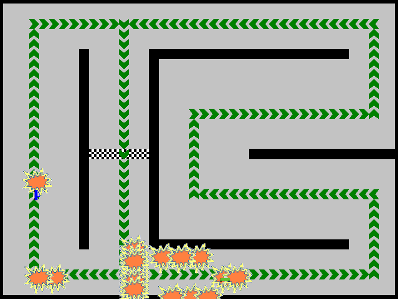Shakes The Clown
Posted on 2010-06-17 19:02 in Blog • Tagged with entertainment
My coworkers have been beating on the movie, Shakes the Clown, for the past two months. Any time any one mentions something painful or movies in general, this movie comes up and they all agree that this is one of the worst movies ever made. So, I thought that I’d give it a try.
Luckily, Netflix had the movie available for streaming, so I didn’t have to wait long once I decided to watch it.
I’ve seen my share of bad movies over the years. In college, I was vice-present of the short lived (one semester) Bad Movie Club. We specialized in finding the worst of the worst, terrible, most painful movies in existence; and then watching them. Shakes the clown, is NOT a bad movie.
The plot is a little weak. It follows Shakes, a clown, for a couple days. The audience is introduced to his alcoholic life, we get to see his social connections breaking down and the troubles he has been having. The climax of the movie comes when he gets framed for a crime and he tries to turn his life around. Story wise, everything flows nicely and the dialog is not over the top, with such great one liners as: “That was a lucky shot of whiskey”.
The visuals for the movie were really spectacular. There was a dramatic contrast between the brightly colored clowns and the dull/ dusty background of the bar and their apartments. I was very pleased with the wide variety of clowns pictured, old washed up loners, cross-dressing men, rough and tough rodeo clowns, and the standard neat colorful clowns we see at the circus.
Movie Grade: 3 Stars
